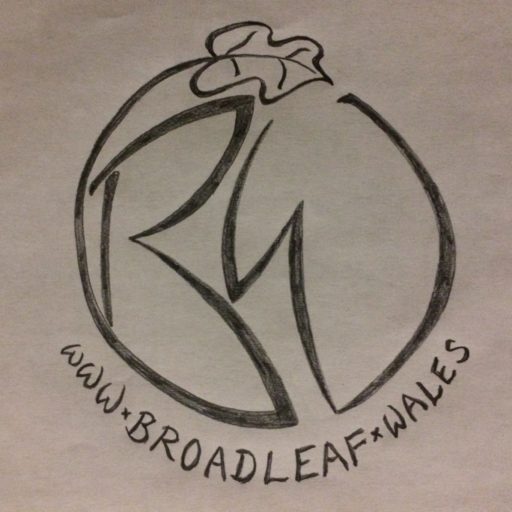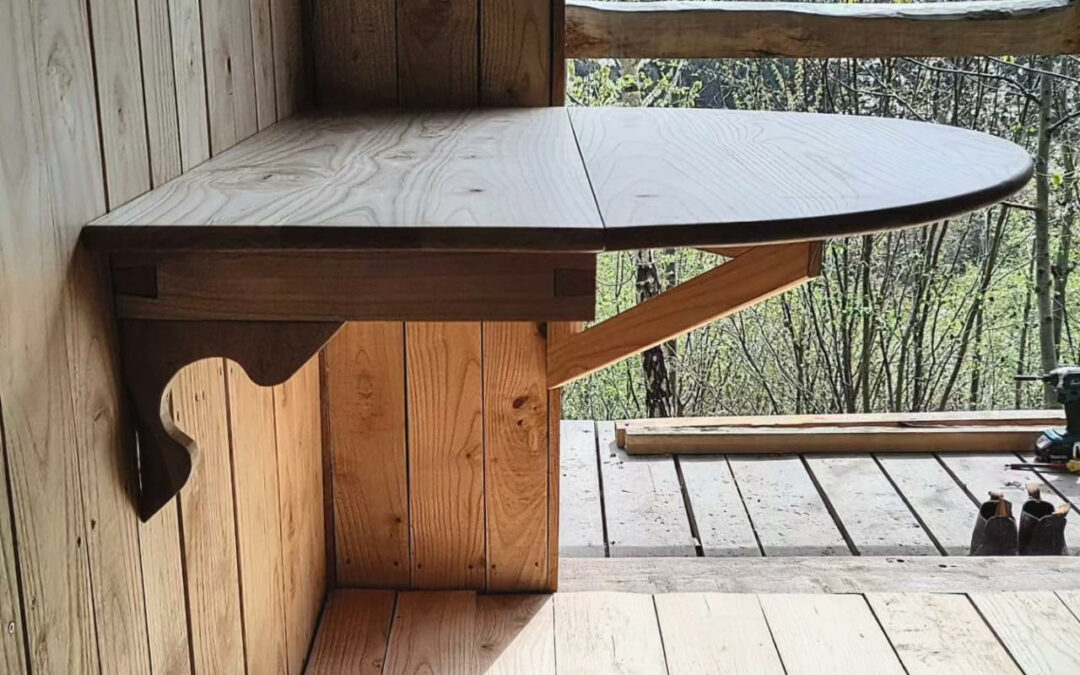I’ve begun to ponder on the question of how frequently one looks around their home and considers where each of the materials that make it up came from? … the metal or plastic for the door handles, the glass for the windows, or the wood that makes up the floor, kitchen units or stud work of the building…
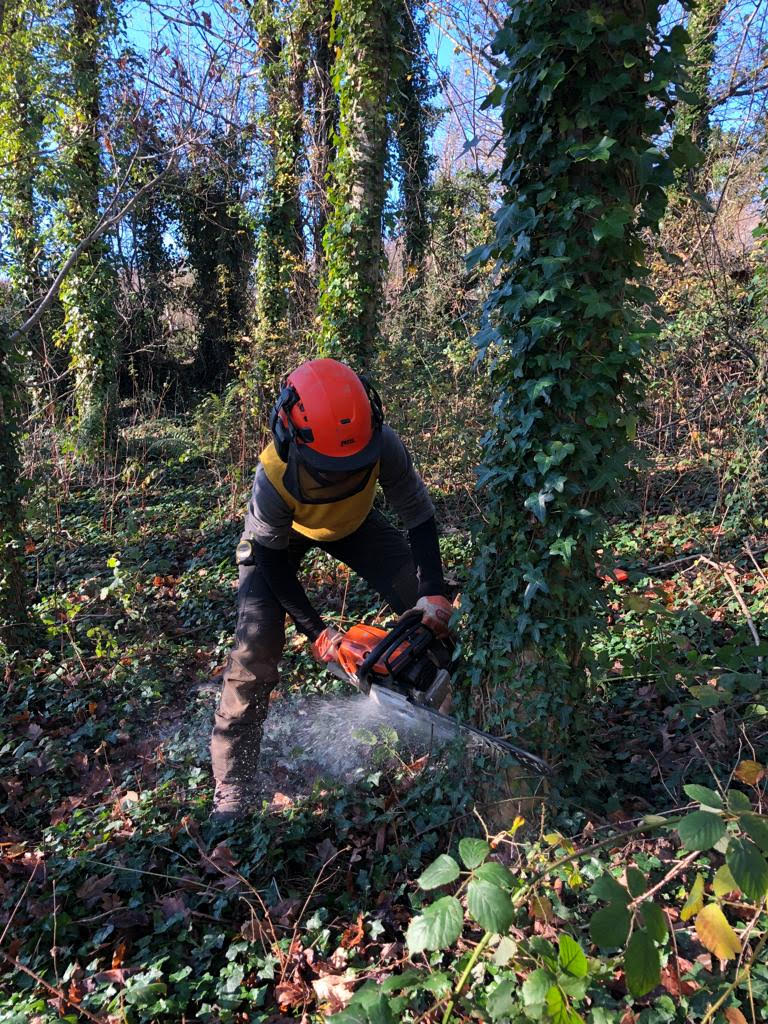
Choosing the resource
I know I’ve previously not given it much thought. However, having recently begun experimenting with making wooden furnishings it’s sparked me to consider this question as I encounter the objects I use daily. As a result, I’ve reflected on the fact that all of these materials making up our homes derive from nature, in one form or another. Maybe the most obvious being wood, given its patterns and colours which allude to the raw material it once was.

Processing with handtools
Bearing this in mind, it seems quite apparent to me that wood, opposed to glass or plastic, has the least amount of processing to turn the raw material into a finished product. I think this is a very critical consideration given the global environmental crisis we’re facing and yet the need for further resources to meet our populations needs. So surely, the answer is to look towards sustainable resources that dually support our needs and our environments.
This is the reason I’m so excited about my exploration into woodwork whilst training as a forestry practitioner, as I’m learning first hand the inherent value in wood and our need to start using it as a sustainable resource in the UK.
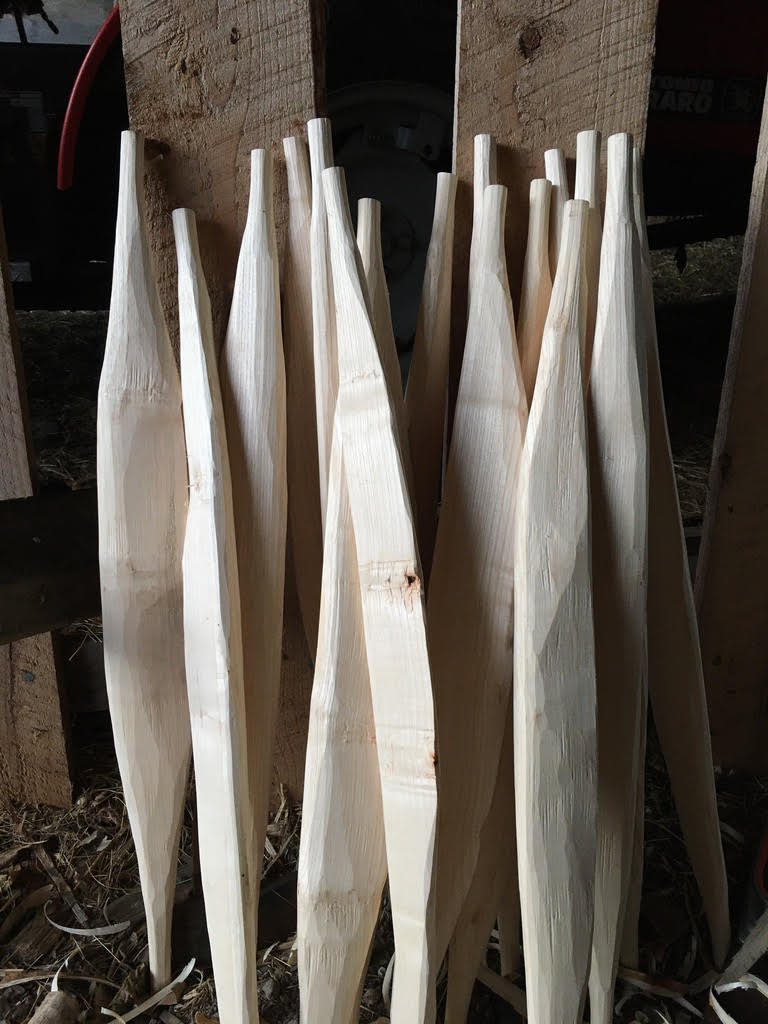
Cleft ash spindles
We can grow extremely valuable hardwoods here, and given the correct management techniques, a mixed broadleaf woodland can provide both productive timber and biodiverse habitat for wildlife. The second most amazing thing about it is that once a tree is cut down, (presuming another tree naturally seeds-in, or is planted) and it’s made into your new house, bed frame, chopping board or knife handle, those are new products which are not only sustainable but have stored carbon = win! win!
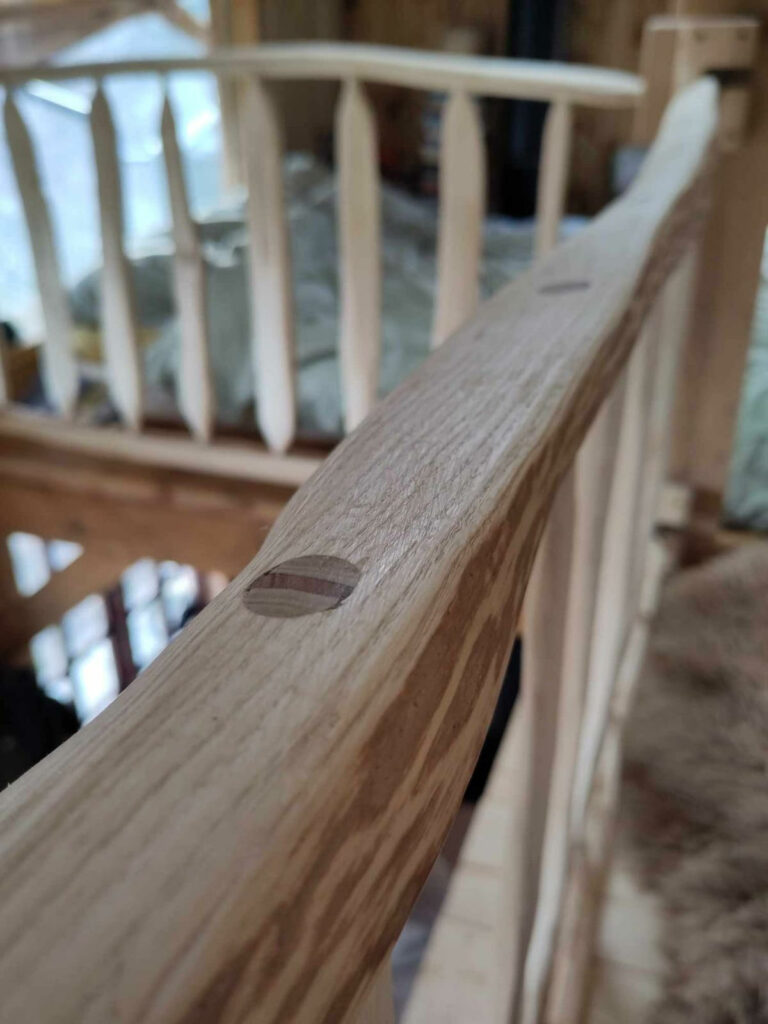
Crafted elegance
Currently, the UK imports about 80% of timber from abroad, which I view as neither sustainable nor a resilient system. To me, a great answer to this dilemma is to plant mixed broadleaf woodland where possible across the UK and effectively manage it with appropriate techniques, such as Continuous Cover Forestry (CCF) practices. This would provide the UK with access to an abundant (and versatile) local resource, it would sequester carbon, improve wildlife habitats and also build a more resilient circular economy. Furthermore, it has scope to employ many skilled foresters and an opportunity to reclaim some of our woodland heritage and culture which has very nearly been lost.

Planked ash
When pondering such things, I get very excited about the vision of having a countryside filled with new life – wildlife, but also skilled foresters, woodsmen and craftspeople; coppice workers, millers, furniture makers, charcoal burners, fencers, timber framers etc. As I view it, we’re inherently part of nature and rewilding our green spaces doesn’t in every circumstance, mean excluding our human existence within it, but in many situations could look at increasing our engagement and time spent in nature to foster a better appreciation and understanding of how to be effective land stewards.
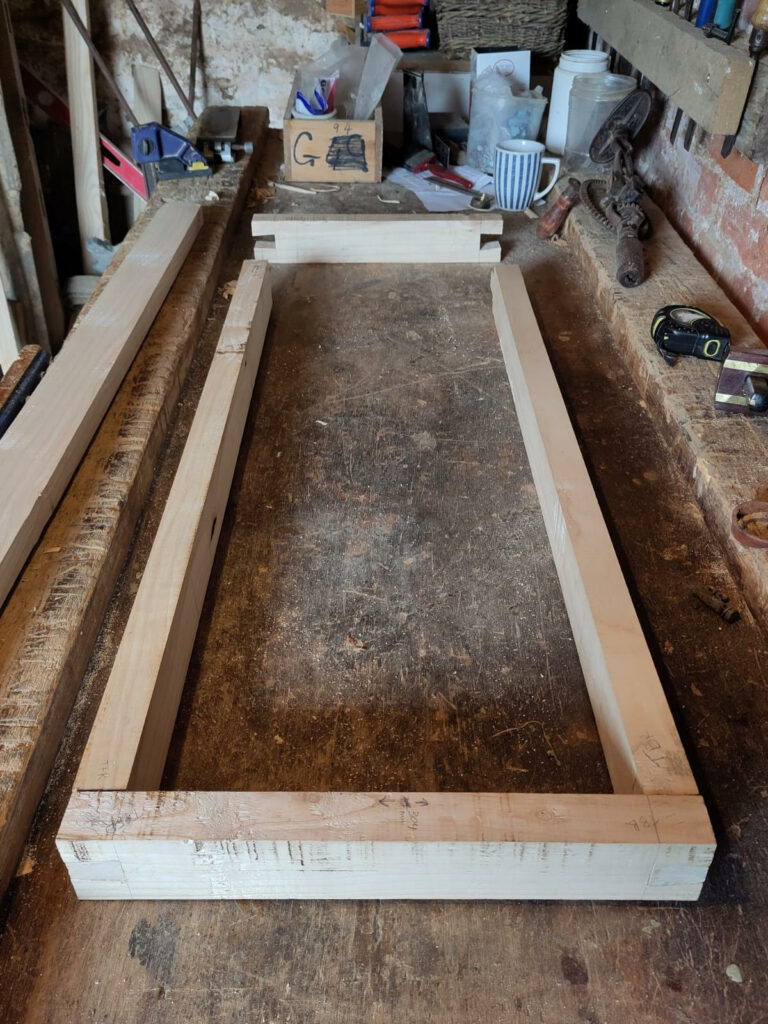
Table carcass components
I have the fortune, in my current employment at Broadleaf Wales, to explore such musings in an environment where I can put them into practice. On site we use CCF techniques on the 20 hectare broadleaf woodland, as part of which, we’re felling trees for timber uses.
Out of the ash trees we’ve felled, I’ve made two very different products: one being a banister, made using traditional cleaving techniques and the other, a drop-leaf table using fine joinery techniques including dovetail joints, biscuit joints and mortice & tenons.
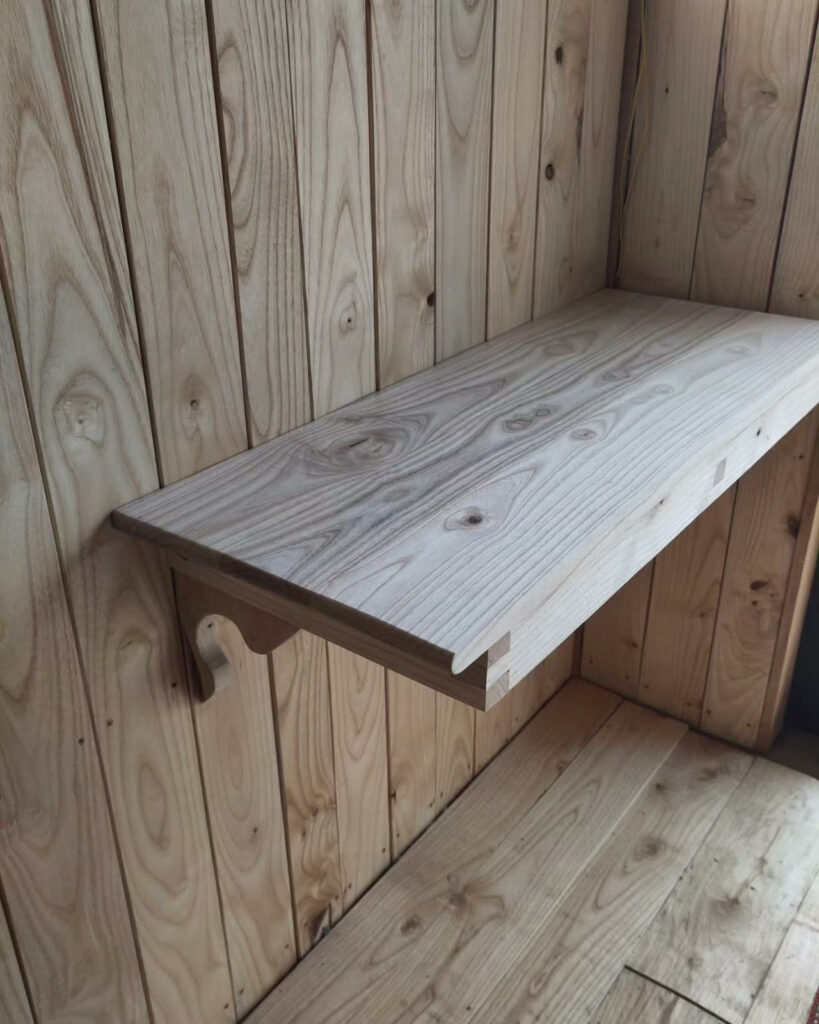
Table shelf-section
Using the timber from Broadleaf Wales in combination with the woodland practitioner training I’m receiving, `I’ve gained a real understanding for the vital importance of management practices such as deer and squirrel control, high pruning and thinning, in order to produce high quality hardwoods.It’s through this process that I’ve deepened my understanding of wood and thus formed a more sensitive relationship and connection with its life cycle: it’s journey from woodland to workshop that creates the items we use every day.
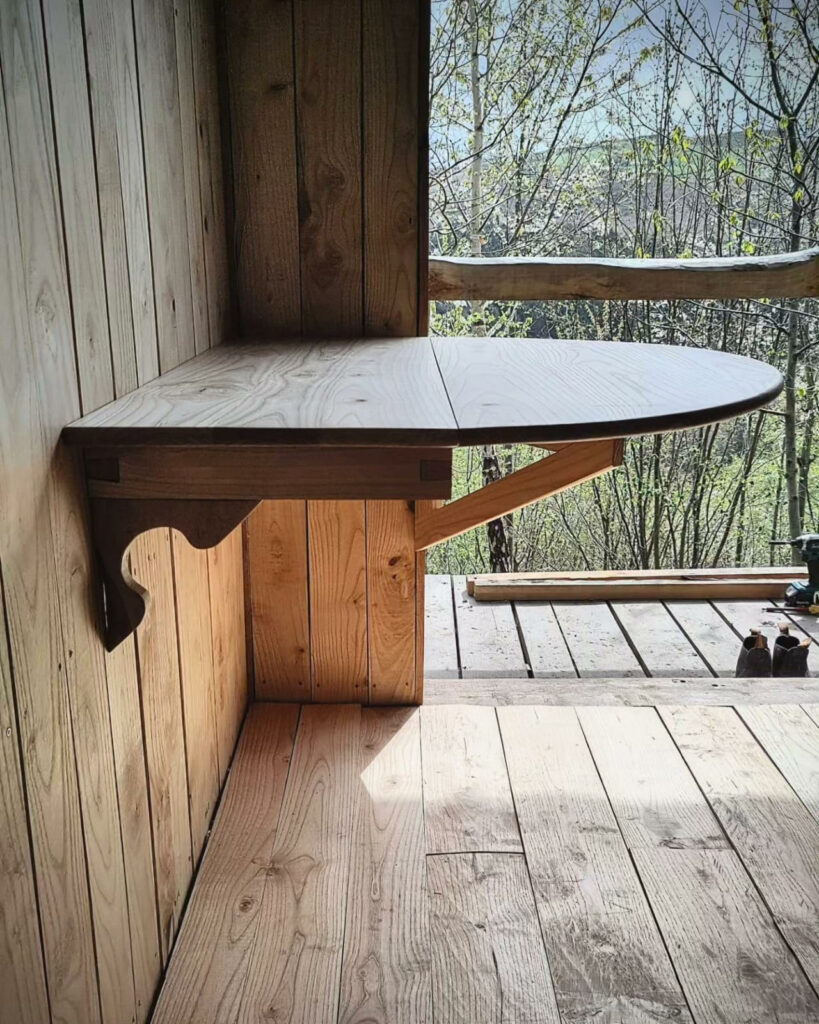
Drop-leaf table
And although not everyone may be able to explore their relationship to the materials around them in this way, one alternative to help see the wood from the trees is to observe the wooden objects in your own home. Notice the visible grain and growth rings, notice the colour, pattern and density… what wood might it be? what clues are there about its lifecycle/environment? And where might it have come from?
